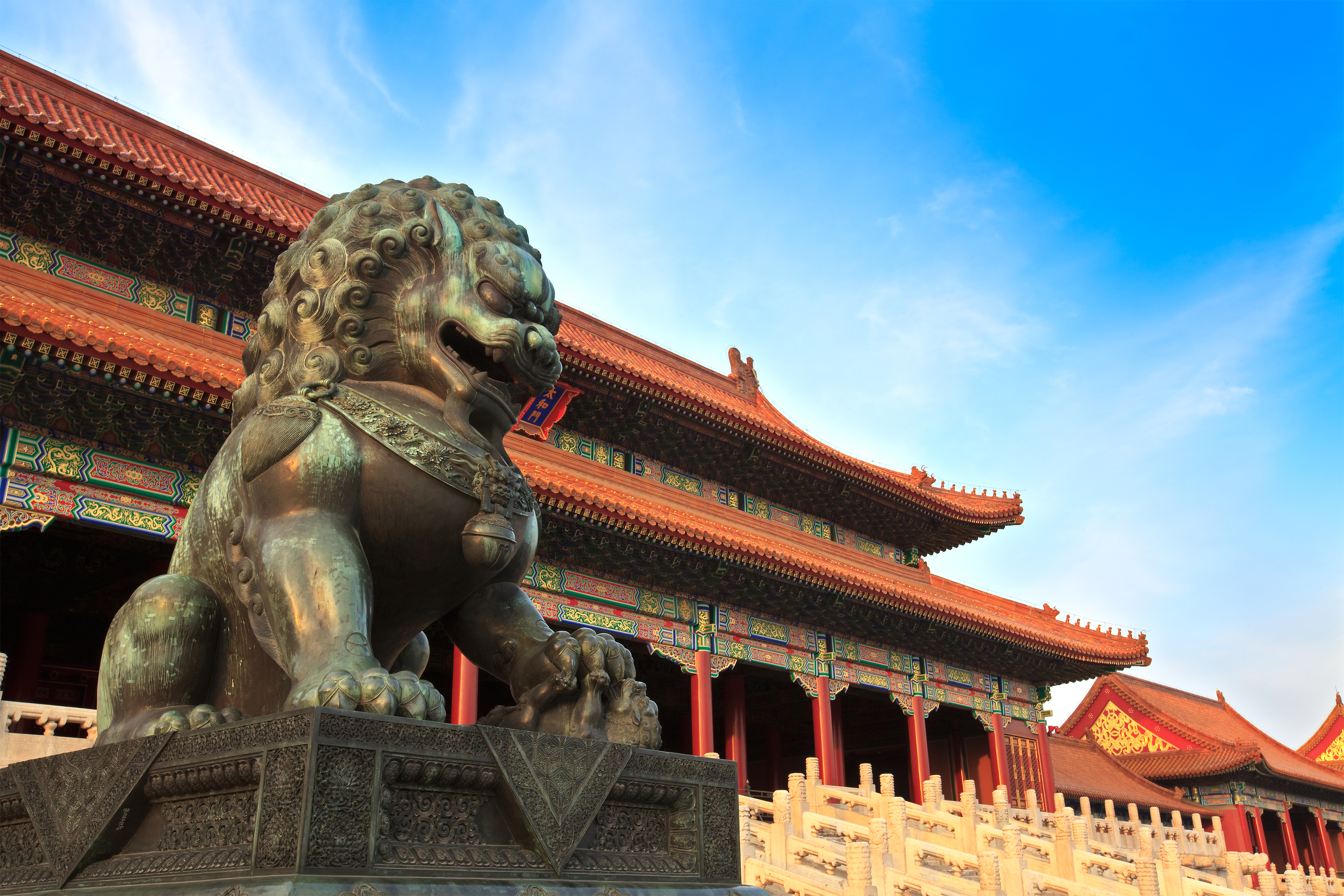China’s Imports and Exports

In 2018, annual two-way trade between China and Australia reached almost AUD 215 billion. Iron ore, gas and coal make up the bulk of Australian exports to China (more than AUD 79 billion), but Australian service industries – led by education and tourism – are a growing part of the trade relationship. China is also the largest foreign buyer of Australian agriculture, forestry and fisheries products, with imports totalling around AUD 13.5 billion in 2017-18. Australia’s main imports from China are manufactured goods, which were worth more than AUD 21 billion in 2018 and is led by telecommunication equipment, IT products, furniture and homewares.
The entry into force of the free trade agreement in 2015 was set to broaden and deepen the trade relationship. New service sector opportunities are already opening up, with Australian financial and legal firms now able to do business in China for the first time, and many other services industries permitted to set up wholly-owned Australian subsidiaries there. Australian agricultural produce exporters will also reap competitive benefits from a number of tariff reductions. Tariffs were removed on 85 per cent of Australian goods imported into China when the agreement was implemented, rising to 98 per cent once it is fully enforced.
There is no reason to think that the resources sector won’t continue to dominate Australia’s trade relationship with China for a long time to come. But opportunities outside the traditional export areas are booming. Australian businesses should particularly consider some of the following sectors:
Education
China is Australia’s largest source of international students with the services export market worth AUD 11.7 billion in 2018. In 2018, there were 255,364 Chinese students enrolled in Australian education institutions (including schools), representing 29 per cent of all international enrolments. Over 153,000 of these were in higher education institutions, including universities, while 22,000 were in vocational education. As levels of disposable income continue to increase in China, Chinese parents are increasingly choosing to send their children abroad for secondary education in preparation for foreign university. In 2018, there were 13,600 Chinese students enrolled in Australian schools. In contrast, only 4,796 Australian students went to China to study in 2016.

Tourism
China is Australia’s second largest inbound tourist market (as measured by arrivals), and the largest when measured by tourism expenditure. More than 1.4 million Chinese visited Australia in the year ending September 2018 and were the largest source of tourism expenditures (AUD 10.9 billion) into the Australian economy. These numbers appear likely to continue growing, particularly after the introduction of provisions in ChAFTA for easier visa access for Chinese visitors. These provisions include working holiday visas for 5,000 young Chinese aimed at assisting Australian rural areas.
Aged Care
China’s ageing population and underdeveloped aged-care sector represent a potentially big opportunity for Australian businesses. By the end of 2017, China had more than 241 million people aged over 60, with
an old-age dependency ratio of 17.3 per cent and it is expected to peak at 487 million, or nearly 35 per cent, around 2050. In 2016, the Government identified improving the aged care industry as a key priority and took five-year plan. It plans to provide 35 to 40 aged care beds per thousand elderly people (which would amount to seven to eight million beds) and an aged care workforce of 10 million by 2020. ChAFTA permits wholly Australian-owned hospitals and aged-care institutions to be established in China. This potentially opens the way for Australia’s private health sector to significantly expand its provision of services in East Asia.
Financial Services and Investment
A key prospect for Australian business is the provision of financial services to China’s burgeoning middle class population. As Chinese incomes rise, more people will need banking, insurance, investment products, financial planning and various other consultancy services. Increasing numbers of Chinese will be employed in the financial services sector, rather than in manufacturing or agriculture, as the economy transitions. Australian financial services providers have both experience and expertise, and are well placed to become significant players in China’s financial services sector, particularly with the implementation of ChAFTA. Market access has been enhanced in the banking, insurance, funds management, securities, securitisation and futures sectors. With recent growth, banking and wealth management have now become the biggest areas of Australian direct investment in China.
Legal Services
ChAFTA benefits Australian law firms by permitting them to be the first foreign entrants able to establish commercial associations with Chinese law firms in China. This specifically occurs in the Shanghai Free Trade Zone (SFTZ). Australian law firms are allowed to offer Australian, Chinese and international legal services through a commercial presence, without restrictions on the location of clients.
Information Communication Technology (ICT)
Huge growth in e-commerce in China has resulted in significant opportunities for innovative Australian businesses across the IT and communications sectors. The annual value of Chinese e-commerce totaled USD 1.33 trillion in 2018, an increase of 23.9% from USD 1.03 trillion in 2017 and, by 2020, is forecast to exceed the combined e-commerce of the United States, Britain, Japan, Germany and France. The e-commerce boom is directly linked to the explosion in internet connections across China, both via computers and smartphones – at the last count there were around 1.3 billion internet users, including 800 million mobile internet users. The Chinese Government’s target is to connect 1.2 billion people (85 per cent of the population) to 3G or 4G mobile internet by 2020. To meet these targets, China is expected to engage foreign companies to assist with infrastructure and services.

Agriculture and Processed Food
China buys more Australian agricultural produce than any other country. In the 2017-2018 financial year, Australian farmers and the broader agricultural sector sold more than AUD 11.8 billion of produce to China, around a quarter of all agricultural exports. Trade is growing strongly, but untapped opportunities still abound. The Australian Department of Agriculture predicts China will account for 43 per cent of global growth in demand for agricultural products to 2050. The primary increase in demand is predicted to be for foods such as beef, lamb, dairy, fruit and vegetables. Australian products have an enviable reputation for being clean, safe and high-quality – which positions Australian exporters strongly to take advantage of China’s growing demand for quality produce and its need for food security. There are also big opportunities for agribusinesses supplying inputs such as animal feeds and genetics, as well as productivity enhancing services including education and technology.
Infrastructure Development
Infrastructure investment in China has increased significantly in recent decades, becoming a significant driver of economic growth and improved standards of living. China’s plans for further rapid urbanisation over the next decade will have a massive impact socially, environmentally and economically. A more urbanised China presents substantial environmental challenges – and opportunities for businesses with experience and expertise in environmental technology and urban development management. China’s need for more efficient buildings, more sustainable energy use, the transition from fossil fuels to less environmentally harmful sources of energy, and new transport infrastructure all offer good partnership opportunities. Some Australian companies are already working in these areas; numerous prospects exist for others.

Australian businesses exporting goods to China should be aware of the various import duties and taxes that may apply, and other import regulations with which they must comply. The terms tariff and duty are often used interchangeably and refer to the applicable taxes. However, a tariff is a tax applied on imports only, whereas duty is a tax that also applies to domestic products. For Australians exporting to China, tariffs and duties are calculated on the complete shipping value, which includes the cost of the goods, freight and insurance. This section will outline core information on tariffs, duties and other taxes that may affect Australian businesses, as well as providing an overview of import regulations.
Tariffs, as well as import regulations, are frequently revised and subject to change without notice. Therefore it is strongly recommended that businesses reconfirm these before selling goods to China. China also has a broad range of import regulations that differ depending on the industry concerned and the products that are being brought into the country.
Want to learn more? Explore our other China information categories or download the China Country Starter Pack or join The China Digital Economy Academy program.
